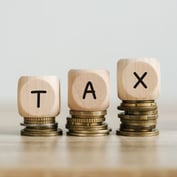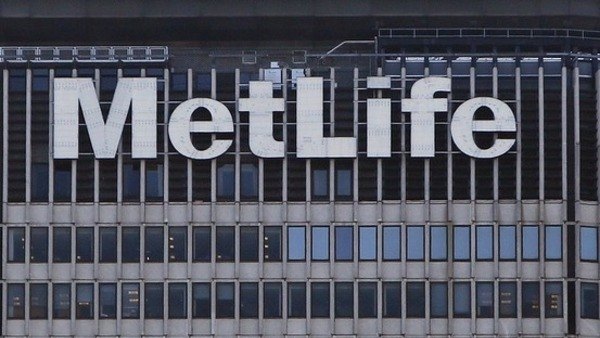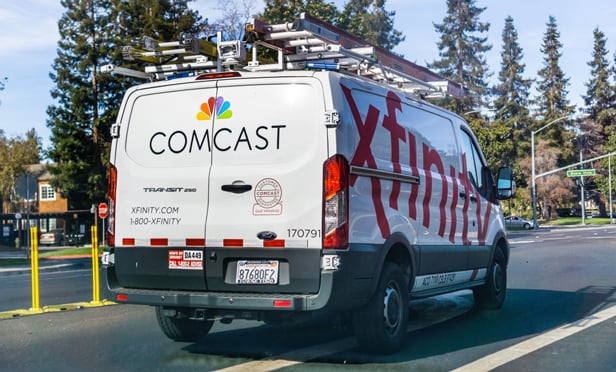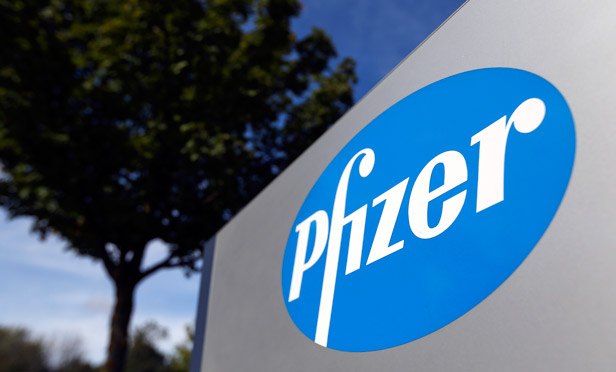(Related: 10 New 2019 Tax Numbers to Know)
Compared to what they paid in days gone by, companies had a pretty sweet deal on corporate income tax at 35%. In Eisenhower’s day, some were as high as 90%, although that was the statutory rate—not the rate at which corporations actually paid, which was the effective rate (and usually far lower than the statutory rate)—and the rate declined steadily over the years.
Several presidents championed reductions in the tax rate until the statutory rate hit 35%, falling under several presidents till they reached the rate at which the Trump administration found them.
Now, however, in the wake of the Tax Cuts and Jobs Act, the statutory rate has been lowered to 21%—but some companies still pay substantially lower tax bills than that. While corporations are looking forward to a major tax cut on their 2018 income in 2019, WalletHub checked out the way things stand now to get a look at the rates at which companies are currently paying taxes on their 2017 income.
(Related: 5 Big Losers of Tax Reform: Year-End Tax Reminder)
To do this, WalletHub analyzed annual reports for the S&P 100—the largest and most established companies on the stock market, it reminds us—to determine the federal, state and international tax rates they paid in 2017. Individual taxpayers might be interested to know that more than 10 companies actually have a negative overall tax rate—meaning that they’re not paying taxes at all; instead they’re “due a discrete net tax benefit,” according to WalletHub.
WalletHub calculated the tax rates paid by the S&P 100 by examining data from each company’s annual reports from fiscal years 2012 to 2017, identifying each organization’s revenues, tax payments and deferral amounts at the federal, state and international levels. In addition, it “considered companies for inclusion in the ‘highest & lowest’ subrankings … only if they were actually profitable” to avoid distortion, and when calculating averages, also excluded the five companies with the highest and lowest rates in each category for the same reason.
Check out the gallery above for the 10 companies with the lowest tax rates in the U.S.
— Related on ThinkAdvisor:







 November 16, 2018 at 05:37 PM
November 16, 2018 at 05:37 PM





















 Slideshow
Slideshow





